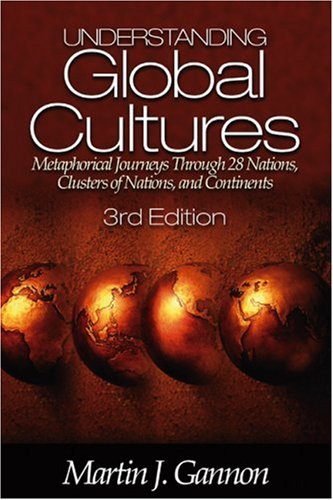The United States is often described as a melting pot of cultures, where people from different ethnic backgrounds come together to form a rich and diverse society. From its earliest days, immigration has played a crucial role in shaping the nation, making ethnic diversity one of its defining characteristics. Today, America stands as a global example of multiculturalism, blending traditions, languages, and customs from around the world.
1. Historical Immigration Wavese
The history of American immigration can be divided into distinct waves, each contributing to the nation’s cultural landscape:
- 17th to 19th Century: European settlers, including the British, Irish, Germans, and Scandinavians, were among the earliest immigrants. African Americans, unfortunately, arrived through the transatlantic slave trade, contributing immensely to the nation’s cultural and economic development.
- Late 19th to Early 20th Century: The Industrial Revolution attracted waves of immigrants from Italy, Poland, Russia, and China, fueling economic growth and labor markets.
- Post-1965 Immigration Act: The abolition of restrictive immigration quotas led to increased migration from Asia, Latin America, and Africa, further enriching America’s ethnic diversity.
2. The Impact of Diversity on American Society
America’s ethnic diversity has had a profound impact on various aspects of society, including:
- Cuisine: From Mexican tacos and Chinese dim sum to Middle Eastern falafel and Indian curry, the U.S. food scene is a direct reflection of its multicultural roots.
- Language: While English is the dominant language, Spanish, Mandarin, Tagalog, and Arabic are among the many languages spoken by millions of Americans.
- Festivals and Traditions: Celebrations like Chinese New Year, Diwali, Hanukkah, and Juneteenth showcase the cultural richness of the country.
- Economic Contributions: Immigrant-owned businesses play a vital role in the U.S. economy, creating jobs and fostering innovation.
Challenges and Opportunities in a Diverse Society
While ethnic diversity has brought numerous benefits, it also presents challenges such as:
- Social Integration: Striking a balance between preserving cultural identities and fostering unity remains an ongoing effort.
- Discrimination and Bias: Despite progress, racial and ethnic disparities still exist in various sectors, including employment, education, and healthcare.
- Representation in Media and Politics: Ensuring diverse voices are heard and represented is essential in creating an inclusive society.
On the other hand, diversity presents opportunities for cultural exchange, innovation, and global collaboration. Educational institutions, businesses, and communities continue to work toward greater inclusivity and understanding.
The Future of Ethnic Diversity in America
With immigration policies evolving and societal perspectives shifting, the future of ethnic diversity in the U.S. remains dynamic. The younger generations are growing up in an increasingly diverse environment, fostering more cross-cultural understanding and appreciation. As the nation continues to evolve, embracing diversity will be key to maintaining America’s strength and global influence.
Final Thoughts
Ethnic diversity is one of America’s greatest assets, making it a unique and vibrant nation. By celebrating different cultures, promoting inclusivity, and addressing challenges, the U.S. can continue to thrive as a beacon of unity in diversity.
What are your thoughts on ethnic diversity in America? Share your experiences and perspectives in the comments below





